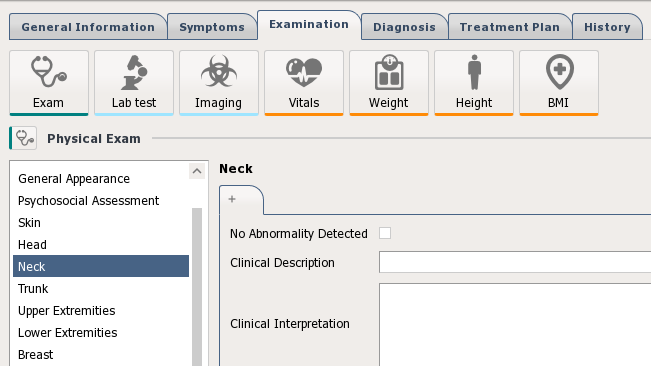Its overall goal is to streamline the clinician’s workflow and support evidence-based decision making, quality management and outcomes reporting. We follow the principle "if an EHR is incomplete, it probably is unusable and meaningless". This is why we have carefully selected and designed the offered EHR components, following international standards. We continuously evolve our offering based on user feedback.

Decision Support
A number of validated, robust decision support tools are integrated into the EHR. The immunisation decision support system determines the recommended upcoming vaccinations by taking into account the administered booster doses, the patient’s age, gender and health status (e.g. chronic diseases) and the national immunisation guidelines. The interaction checker displays alerts in case it detects incompatibilities between drugs that are about to be prescribed. The lab results graphs help the physician easily detect abnormal or alarming values and compare them to previous results.
SOAP Protocol
A documentation method applied to create a patient’s chart. A patient visit in Galen Office is composed by the four parts of a SOAP note.
- Subjective: Can be found as the "patient story" since it describes the reason for encounter, as presented by the patient.
- Objective: Documents objective facts about the patient’s health status and may include vital signs, physical examination findings, lab test results, somatometric measurements, etc.
- Assessment: Based on the information of the former two sections, the physician reaches a medical diagnosis and records his reasoning.
- Plan: Contains information directly related to treatment such as procedures performed during the visit, lab orders, referrals, prescribed medications, etc.
OpenEHR
It provides open source specifications and reference implementations about electronic health records. Thanks to its flexibility and scalability, it has been widely adopted in Europe and Australia. The value of its approach is in reducing the effort to meet the needs of continually changing clinical requirements while increasing the likelihood of interoperability.